Should You Caulk Around a Toilet?
Caulking around toilet bases is a common topic of discussion on DIY, home improvement, and plumbing forums. People who are against the idea believe caulking around toilet bases hides leaks, thereby causing severe damage in the future.
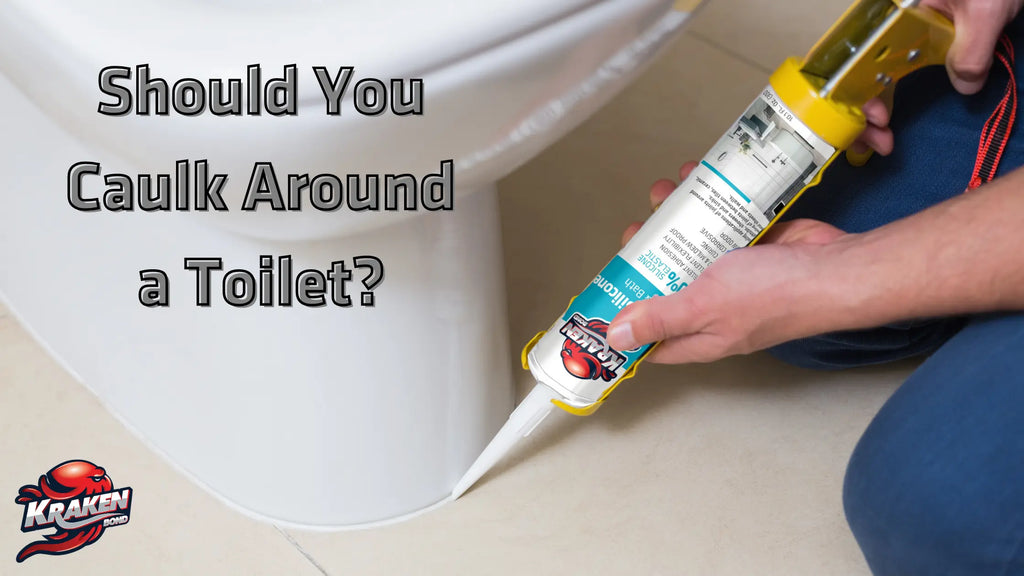
In this article, we will be unraveling the mystery regarding caulking toilet bases. We will talk about the pros and cons of caulking around a toilet and an extensive DIY guide on how to caulk a toilet.
Is It A Good Idea to Caulk Around a Toilet?
Yes, it is a good idea to caulk around a toilet to prevent water damage, enhance stability, and comply with plumbing codes. Firstly, Caulking creates a watertight seal that reduces the risk of water seepage under the toilet to less than 1%. When the toilet base is properly sealed to the floor, water splash from bathtubs or taps cannot seep through, reducing potential leakage by up to 90%. This not only safeguards your bathroom against water damage but also helps save money, as repairing water damage can cost hundreds, if not thousands, of dollars.
Secondly, caulking is used to add extra stability to a toilet seat mounted on uneven floors. A Toilet mounted on an uneven floor is not well balanced even after using bolts to hold them in place. They go back and forth, which can be very embarrassing and noisy. Caulking provides an additional layer of padding to secure the toilet firmly to the ground.
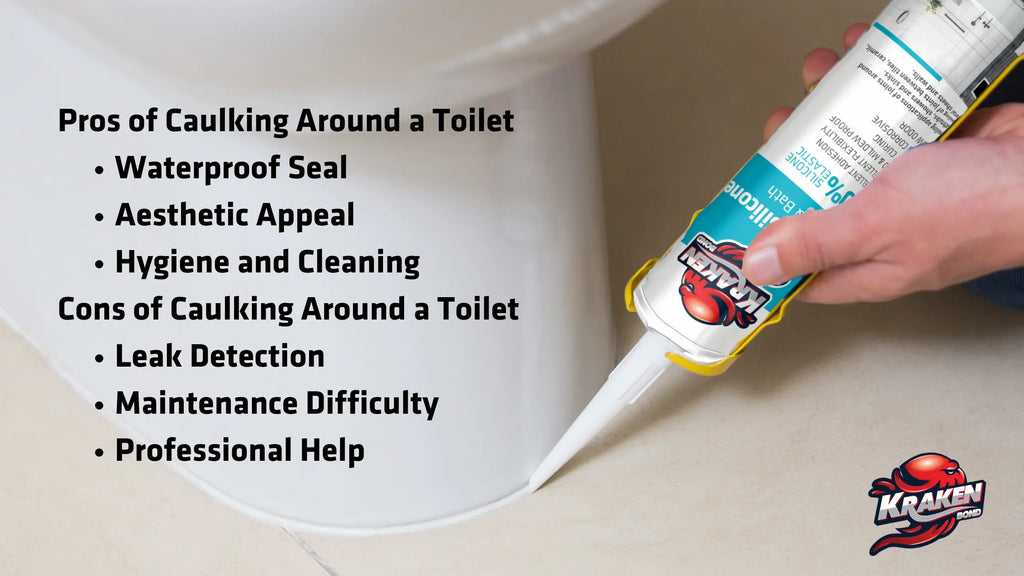
Thirdly, caulking is a good idea because it is required of you by law. According to international plumbing codes, caulking around the toilet base is a must. Some US states also enforce these plumbing codes with potential fines to defaulters.
Pros of Caulking Around a Toilet
Caulking around toilet bases has numerous advantages in terms of comfort and durability. These are 3 significant reasons why you want to caulk around toilet bases.
-
Waterproof Seal
Caulking creates a waterproof seal that serves different benefits in your toilet. Most importantly, caulking around toilet bases prevents water leakages. Dealing with water leaks from the toilet can be messy and smelly. However, caulking around your toilet base will save you from dealing with toilet leakages.
Caulking around a toilet flange repels water, thereby eliminating stagnation. This helps to prevent mold growth or fungus from breeding.
-
Aesthetic Appeal
Aside from the technical benefits of caulking, it is visually appealing. Caulking improves the overall look of your toilet.
Tiny gaps between a toilet base and floor look unattractive and uninviting. Applying caulk to that tiny gap will provide a new look and make your toilet inviting for visitors. When you seal around toilets, you close entry points for tiny insects and pests.
-
Hygiene and Cleaning
A loose toilet base can be an outlet for sewer leaks. Dealing with sewer leaks can also be difficult to clean and unhygienic. Caulking around the toilet base prevents dirt from accumulating underneath. This makes your toilet hygienic and easy to clean.
Cons of Caulking Around a Toilet
Despite the benefits of caulking around a toilet, there are certain disadvantages associated with it.
-
Leak Detection
One significant disadvantage of caulking is that it hides leak problems. Many homeowners are against caulking because it prevents them from noticing small leaks, causing bigger problems in the long run such as unpleasant odor or mold growth.
-
Maintenance Difficulty
When repairs or maintenance are needed in the toilet, caulk must be removed. This can be frustrating because of how difficult it is to remove caulk. Furthermore, caulking requires regular maintenance because it deteriorates and changes color with time.
-
Professional Help
Caulking around toilet bases is a necessary plumbing code in most parts of the United States. Professional contractors are acquainted with plumbing codes required for certain regions. Flaunting plumber codes carries the risk of fines in some states and also reduces the value of the property to potential buyers. Professional help is essential to avoid fines but they can be expensive.
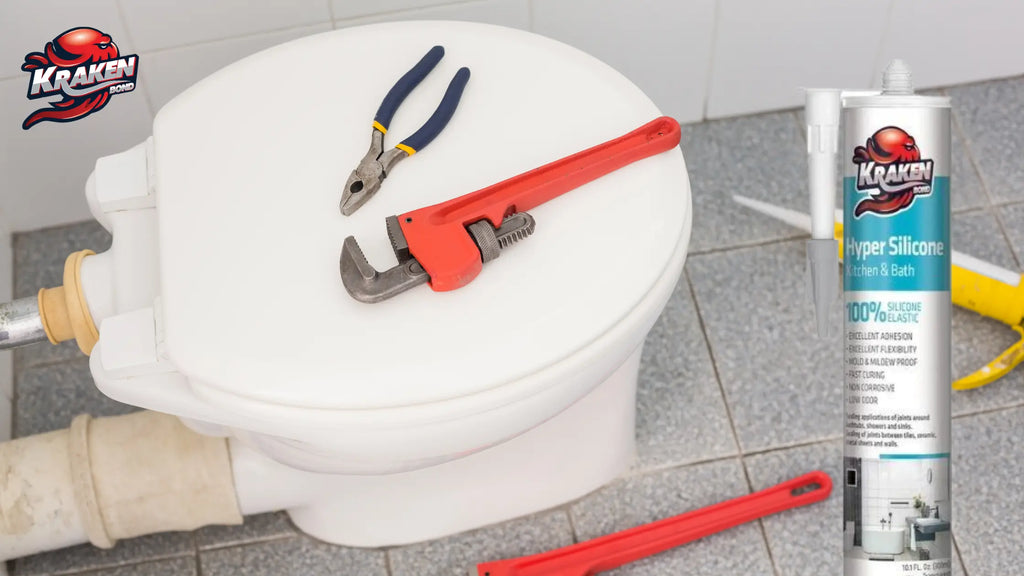
How to Caulk Around a Toilet?
Learning how to caulk around a toilet as a DIY procedure will save you from paying labor costs to a contractor. Caulking around toilet bases can be done by following this detailed step-by-step guide.
Step-1: Gather Your Materials
The first step is to get the essential materials needed for the job. This includes a caulking gun, silicone caulk, utility knife, masking tape, and damp cloth.
We recommend using silicone caulk for toilet caulking because of its superior flexibility, water resistance, and resistance to discoloration. Applying silicone around toilet bases will secure it firmly to the ground. KrakenBond offers a quality caulk collection including this kitchen and bathroom silicone caulk.
Step-2: Prepare the Area
Next, prepare the toilet base by removing old caulk with a utility knife. Then clean around the toilet base with a damp cloth to remove dirt and caulk residue. Ensure the toilet floor is completely dry before caulking.
Step-3: Apply Masking Tape
Apply masking tape along either side of the toilet base to achieve a smooth finish. When applying the painter’s tape, leave a small gap for the caulk.
Step-4: Load Caulk
Before applying caulk, you should know how to use a caulk gun. Create a small opening by cutting off a small part of the caulk tube at 45 degrees. The thickness of the caulk bead depends on the size of the opening.
Step-5: Apply Caulk
To apply the caulk around toilet bases, hold the caulk gun at 45 degrees and apply the caulk by applying pressure on the trigger. Keep applying consistent pressure on the trigger and move around the toilet base at a steady pace.
The caulking gun should be pulled towards you rather than pushed away while applying the caulk. This will help create a consistent and even caulk bead.
Step-6: Smooth the Caulk
As soon as you are done applying caulk, you have to smooth it out. Wet your finger or wrap a baby wipe around it, then run your finger along the caulk to make it smooth This helps to remove excess caulk and give you a clean finish.
After you smooth the caulk, remove the painter’s tape immediately while the caulk is wet. It will be difficult to remove the tape when the caulk is dry.
Step-7: Let It Cure
Allow the caulk to dry according to the recommended time on the product. Do not use the toilet, touch the caulk, or allow water anywhere near the caulk while waiting for it to dry.
Step-8: Final Checks
Check for any missed spots after applying the caulk. Keep an eye on the caulk, reapply the caulk when you notice discoloration, crack, or peeling.
Conclusion
In a nutshell, caulking around toilet bases is necessary. It is one way to maintain a visually appealing restroom. Caulking adds extra stability to the toilet by securing it firmly to the ground. In addition, a caulking toilet base may just be a plumbing requirement in your state.
Contrary to the popular argument against toilet caulking, caulking does not hide toilet leaks. Toilet leaks can be found the same we notice leaking bathtubs, from the floor below. In reality, problems like this rarely happen.
That said, the benefits of caulking around the toilet outweigh the disadvantages. Always caulk around your toilet!
FAQs
Is It Better to Caulk or Silicone Around a Toilet?
Caulking around a toilet using silicone caulks secures it firmly to the ground and adds aesthetics to your bathroom. Silicone-based caulks seal around toilet bases perfectly because of their superior water resistance.
What Kind of Caulk to Use In a Toilet?
The best caulk for toilet caulking is silicone. Silicone caulks are durable, flexible, and have excellent water resistance. They are also resistant to discoloration and mold growth.
Can You Use Caulk Tape Around the Toilet?
Use caulk tape to seal around toilet bases as an alternative to conventional caulk. Caulk tapes are used to create a waterproof seal between different surfaces. Caulk tapes are flexible, adhesive, and waterproof.
Author: Krakenbond Team


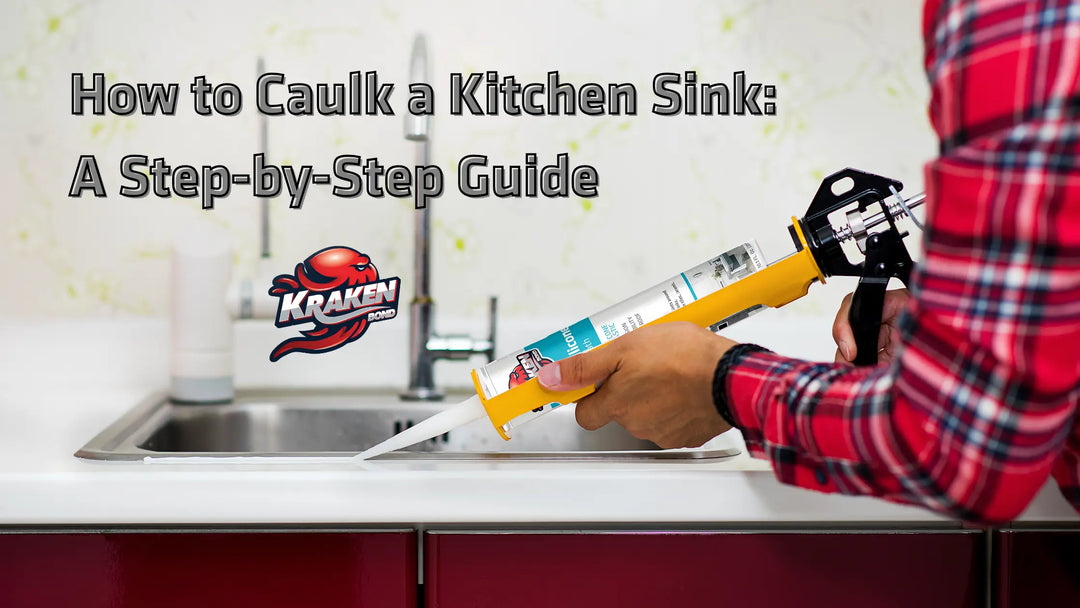
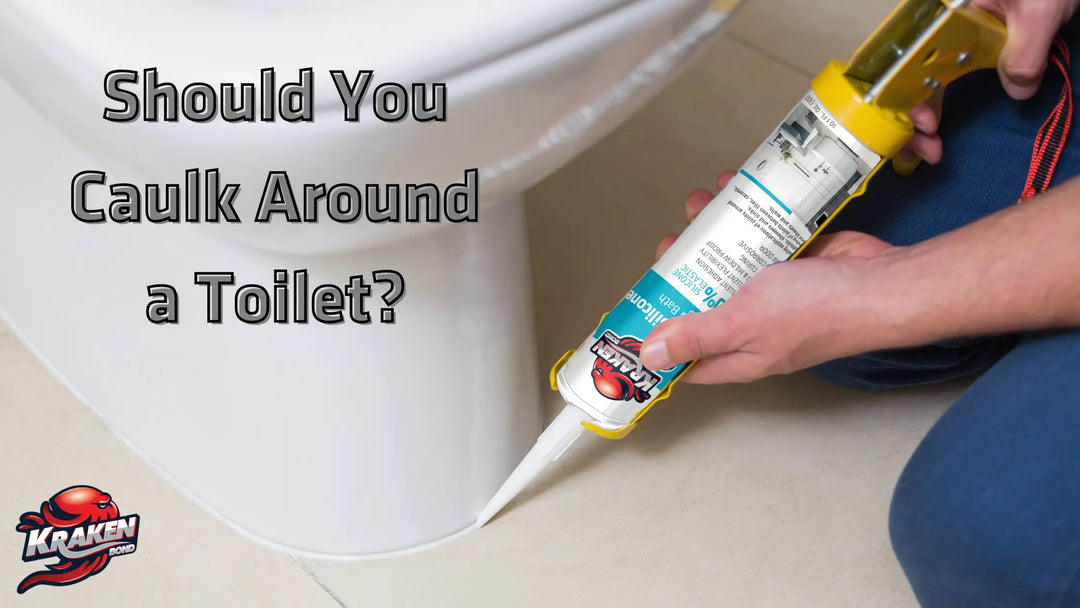
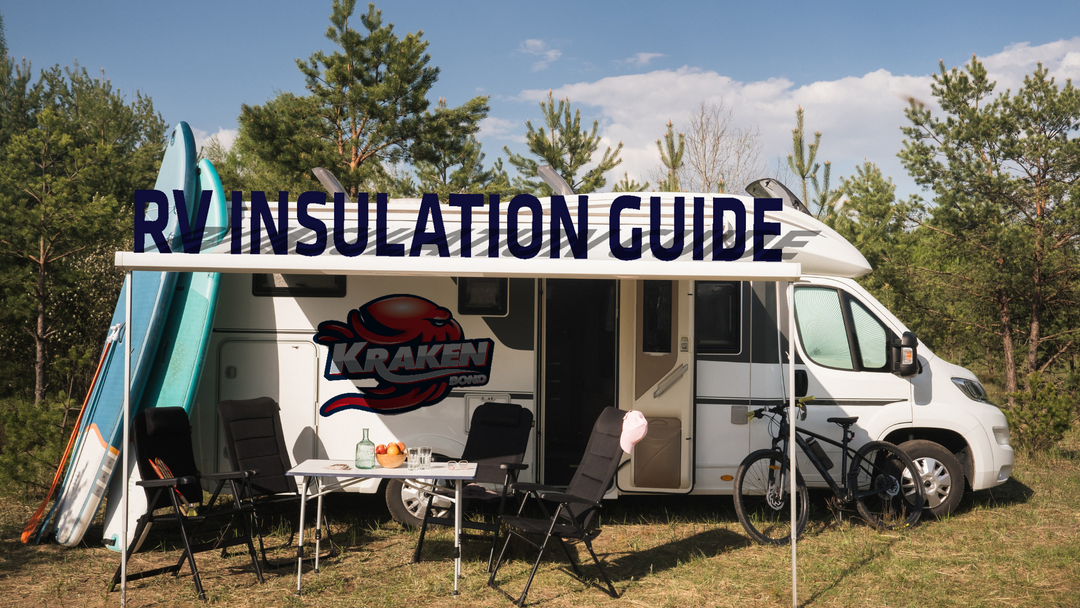








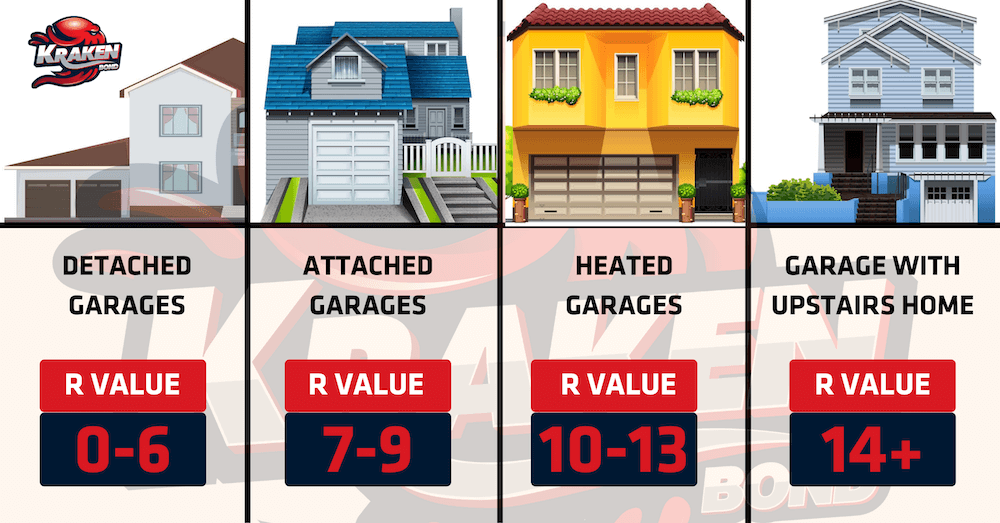



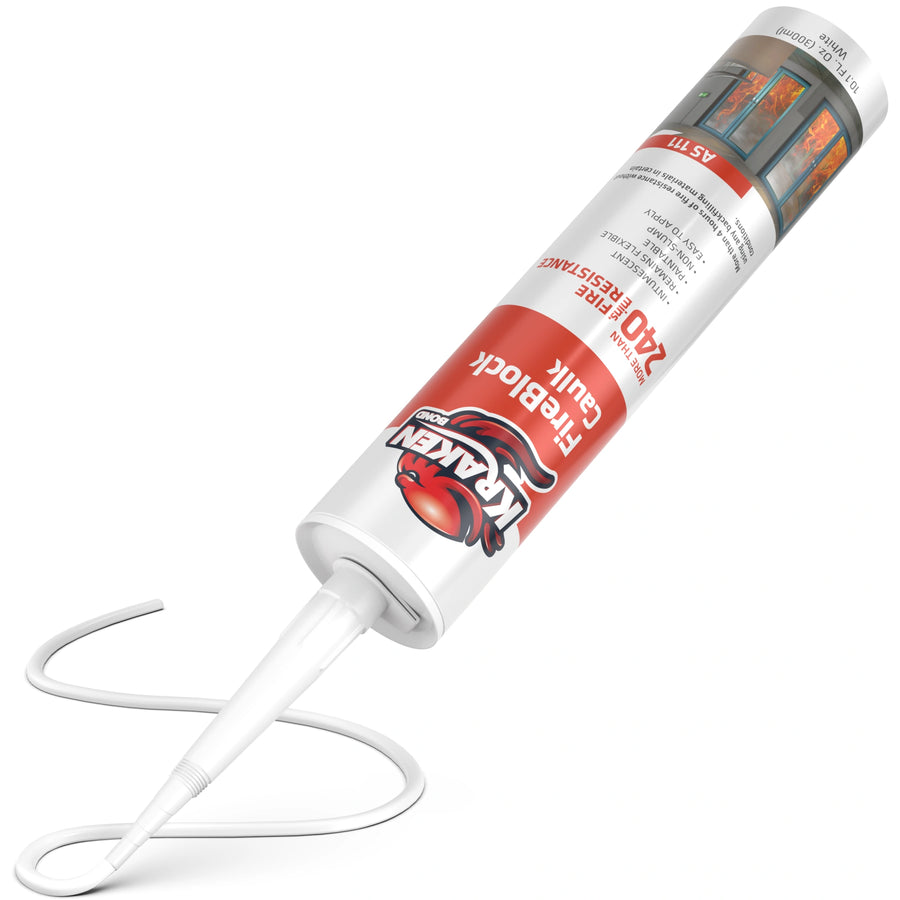

Leave a comment